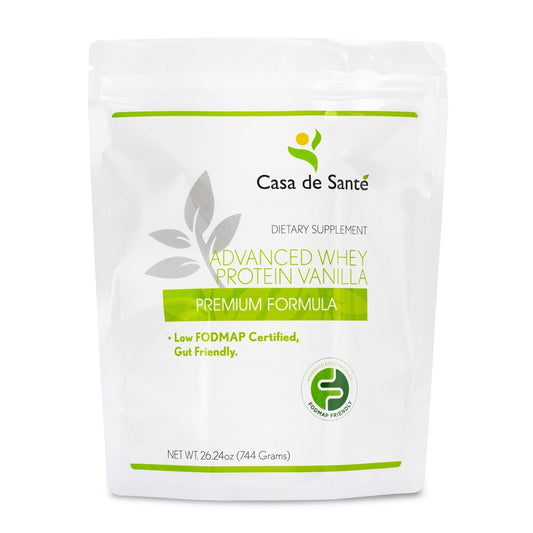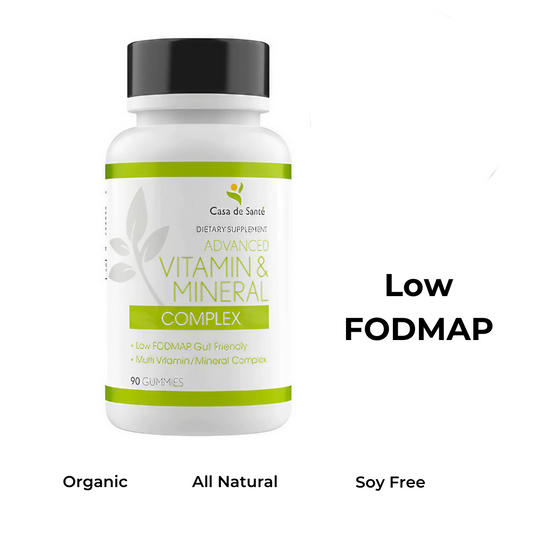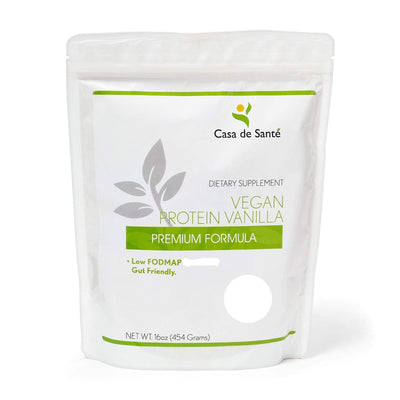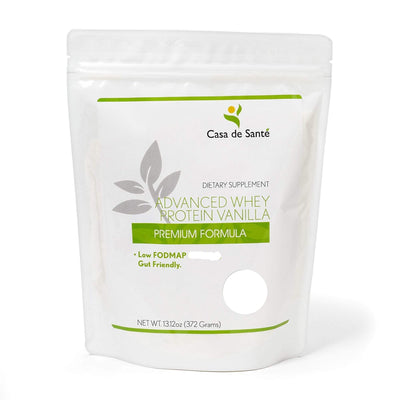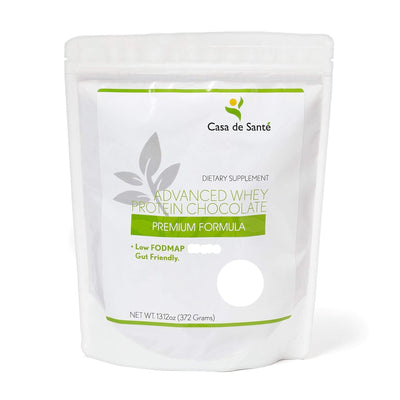Can You Tan With Sunscreen SPF 70? What to Expect From High SPF Sun Protection
Every summer I find myself reaching for the highest SPF sunscreen I can find hoping to protect my skin while still getting a bit of color. The question always pops up—can you actually tan if you're wearing something as strong as SPF 70? It seems like such a high level of protection would block any chance of a tan but the truth isn’t always so simple.
I know many people want that sun-kissed look without risking sunburn or long-term skin damage. Understanding how sunscreen works and what SPF really means can help you decide if you’ll still get a tan or if your skin will stay the same shade all season. Let’s break down the science behind SPF 70 and see what really happens when you step into the sun with a strong layer of protection.
Understanding How Sunscreen Works
SPF 70 sunscreen filters most ultraviolet (UV) rays before they reach my skin. I can tan with SPF 70, but much less UV reaches the skin than without protection.
What Does SPF 70 Mean?
SPF 70 describes how long I stay protected from UVB rays that cause sunburn, compared to no sunscreen. With SPF 70, only about 1.4% of UVB rays reach my skin, blocking roughly 98.6% (American Academy of Dermatology). For example, if my unprotected skin burns after 10 minutes, SPF 70 extends that time to 700 minutes under the same conditions. SPF values measure sunburn prevention, not complete UV blockage. No SPF formula blocks 100% of UVB rays.
How Sunscreen Protects Your Skin
Sunscreen prevents UVB and, for broad-spectrum formulas, UVA rays from directly damaging my skin cells. Active ingredients—like zinc oxide, titanium dioxide (mineral) or avobenzone, octocrylene, homosalate (chemical)—either reflect or absorb UV energy. Reflection scatters UV light away from my skin, while absorption transforms UV energy into heat that dissipates harmlessly. Proper application—using 2 mg per cm² and reapplying after sweating or swimming—maximizes effectiveness. These mechanisms decrease risk of sunburn, DNA damage, and premature aging, even if a faint tan remains possible.
Can You Tan With Sunscreen SPF 70?
Sunscreen with SPF 70 blocks about 98.6% of UVB rays, which means some UV penetration still occurs. I can still develop a tan, but it’s much fainter and appears over a longer period.
Factors That Influence Tanning With High SPF
- Skin Phototype: My skin type impacts how much pigment forms. Individuals with lighter phototypes (types I-II) like me usually tan less, even with minimal UV exposure.
- Duration of Exposure: Staying outdoors longer increases the chance of a mild tan, even with SPF 70. If I reapply less often or sweat heavily, my protection decreases.
- Application Quality: Missing areas or using less than the recommended amount (2 mg/cm²) allows more UV through. If I apply sunscreen unevenly, localized tanning or burns might occur.
- SPF Reapplication: Reapplying every 2 hours maintains protection. If I forget or delay, more UVB rays reach my skin and encourage tanning or burning.
Comparing Tanning With and Without Sunscreen
| Scenario | UVB Protection | Tan Likelihood | Burn Risk |
|---|---|---|---|
| No Sunscreen | 0% | High | Very High |
| SPF 70 Sunscreen | 98.6% | Very Low | Very Low |
Unprotected skin tans quickly but risks sunburn and DNA mutations. With SPF 70, I sacrifice fast tanning for much safer sun exposure. My tan appears slowly and much less noticeably if I maintain application.
Benefits of Using SPF 70 for Sun Protection
SPF 70 sunscreen offers high-level UV protection that significantly limits sun-related skin risks. I use it to shield my skin from nearly all damaging rays while maintaining safer sun exposure.
Reducing the Risk of Sunburn
High SPF values like 70 minimize my risk of sunburn by blocking about 98.6% of UVB rays, based on peer-reviewed clinical data (J Clin Aesthet Dermatol, 2010). This protection lets me spend more time outdoors with less worry about quick burning compared to lower SPF or no sunscreen. If my skin typically starts to burn after 10 minutes unprotected, SPF 70 extends this threshold to approximately 700 minutes, under laboratory conditions and with proper application. Chemical and mineral filters—such as zinc oxide, titanium dioxide, and avobenzone—form critical barriers, either reflecting or absorbing UV energy to avert reddening and inflammation. Frequent and thorough reapplication‑especially after sweating or swimming—keeps that barrier stable.
Lowering the Chances of Skin Damage
Using SPF 70 reduces my risk of long-term skin damage by filtering out the majority of harmful UVB rays and, in broad-spectrum formulations, UVA rays as well. UV radiation can lead to DNA mutations, photoaging, and development of hyperpigmentation patches. By preventing deep UV penetration, SPF 70 delays visible signs of aging—wrinkles, loss of elasticity, and uneven tone—according to research from the American Academy of Dermatology and NIH reports. Consistent protection limits cellular stress and helps my skin maintain a healthier structure, with fewer dark spots and a dramatically decreased risk of future complications including pre-cancerous changes.
Best Practices for Safe Sun Exposure
Optimal sun safety balances protection with effective use of SPF 70 sunscreen and complementary skin care strategies. I follow evidence-based methods to reduce the risk of burns, DNA damage, and photoaging while outdoors.
How to Properly Apply SPF 70 Sunscreen
Consistent application of SPF 70 sunscreen protects my skin from most UVB rays. I use about 1 ounce, or two tablespoons, to cover my full body, and half a teaspoon for my face and neck. I apply the product 15 minutes before going outside, making sure to cover often-missed areas like ears, backs of hands, feet, and the tops of my feet. If I’m swimming or sweating, I reapply every 2 hours or immediately after drying off, since water and sweat can reduce the effectiveness of the sunscreen. I choose broad-spectrum formulas that include ingredients like zinc oxide, titanium dioxide, avobenzone, or octocrylene for comprehensive UVA and UVB protection.
Additional Tips for Skin Safety in the Sun
Layering multiple protective measures maximizes skin defense during sun exposure. I wear lightweight, long-sleeved clothing; a broad-brimmed hat; and UV-blocking sunglasses during peak UV hours, typically from 10 a.m. to 4 p.m. I seek shade when possible, such as under trees or umbrellas, especially when UV index values are above 5. I use water-resistant products if I plan to swim or sweat, since non-resistant formulas wash away faster. I monitor the UV index daily using weather apps or local news, selecting higher SPF and more protective clothing when index levels are high.
Key Takeaways
- SPF 70 sunscreen significantly reduces UVB exposure, blocking about 98.6% of rays, but does not prevent tanning entirely—a faint tan can still develop over time.
- Proper and generous application, plus regular reapplication, are critical to maintaining maximum sun protection and minimizing tan or burn risks.
- Skin type, exposure duration, and how well sunscreen is applied all influence the potential for tanning even with high SPF protection.
- Using SPF 70 helps prevent sunburn, reduces the risk of long-term skin damage such as premature aging and hyperpigmentation, and lowers the likelihood of skin cancer.
- For optimal skin safety, combine sunscreen with sun-smart strategies like wearing protective clothing, seeking shade, and avoiding peak UV hours.
Conclusion
Choosing SPF 70 sunscreen is a smart move if you want to enjoy the sun with far less worry about burning or long-term skin damage. I find that it lets me spend more time outdoors while still protecting my skin’s health and appearance. By making sunscreen a daily habit and pairing it with other sun safety measures I can confidently enjoy sunny days and keep my skin looking its best for years to come.








